Understanding the Different Types of Smoke Damage
Smoke damage can be an unexpected and daunting aftermath of a fire incident. Whether it's a large blaze or a small flare-up, smoke has the ability to infiltrate various parts of a building, leaving lasting impacts. According to the US Fire Administration's latest statistics, there was a 21% increase in nonresidential building fires from 2013 to 2022. Such a rise emphasizes the growing necessity for property owners to understand and address smoke damage effectively. Understanding the different types of smoke damage is crucial not only for effective post-fire smoke damage cleaning but also for maintaining indoor air quality and safety. Let's delve into the various ways smoke can damage properties and how each type demands unique attention and remediation.
1. Dry Smoke Damage
First, there is dry smoke damage, a byproduct of fast-burning fires fueled by substances like paper or wood. These fires burn at high temperatures, resulting in a fine and powdery residue. Although dry smoke is less corrosive, its small particles can infiltrate cracks in walls, ceilings, and other surfaces, making it significantly challenging. Unfortunately, despite its seemingly mild nature, dry smoke can continue to affect indoor air quality if left unaddressed, posing health risks to inhabitants.
2. Wet Smoke Damage
Another common type is wet smoke damage, often resulting from fires involving rubber or plastic materials. Wet smoke is characterized by its sticky and smelly residue, making it more challenging than dry smoke. This type of smoke damage is a particular problem because the residue can easily smear and penetrate deep into materials, leaving behind a lingering, unpleasant odor.
3. Protein Smoke Damage
Lastly, there is protein smoke damage, which often occurs in kitchen fires. It is produced when organic materials like meat burn, leaving almost invisible residues with an intense odor. Protein smoke doesn’t discolor surfaces but can wreak havoc on painted walls, upholstery, and wood. Its challenging cleanup process, combined with its resilient odor, requires special treatment to ensure that living spaces remain pleasant.
Recognizing the different types of smoke damage is an essential step in the smoke damage cleaning process post-fire. Each type of smoke presents unique challenges that demand specific approaches for effective cleaning and restoration. By understanding these differences, you can better plan their recovery strategies with Firewater Response LLC, ensuring safety, comfort, and air quality in the aftermath of a fire. Reach out to us today to learn more or to get started with our 24-hour emergency services!

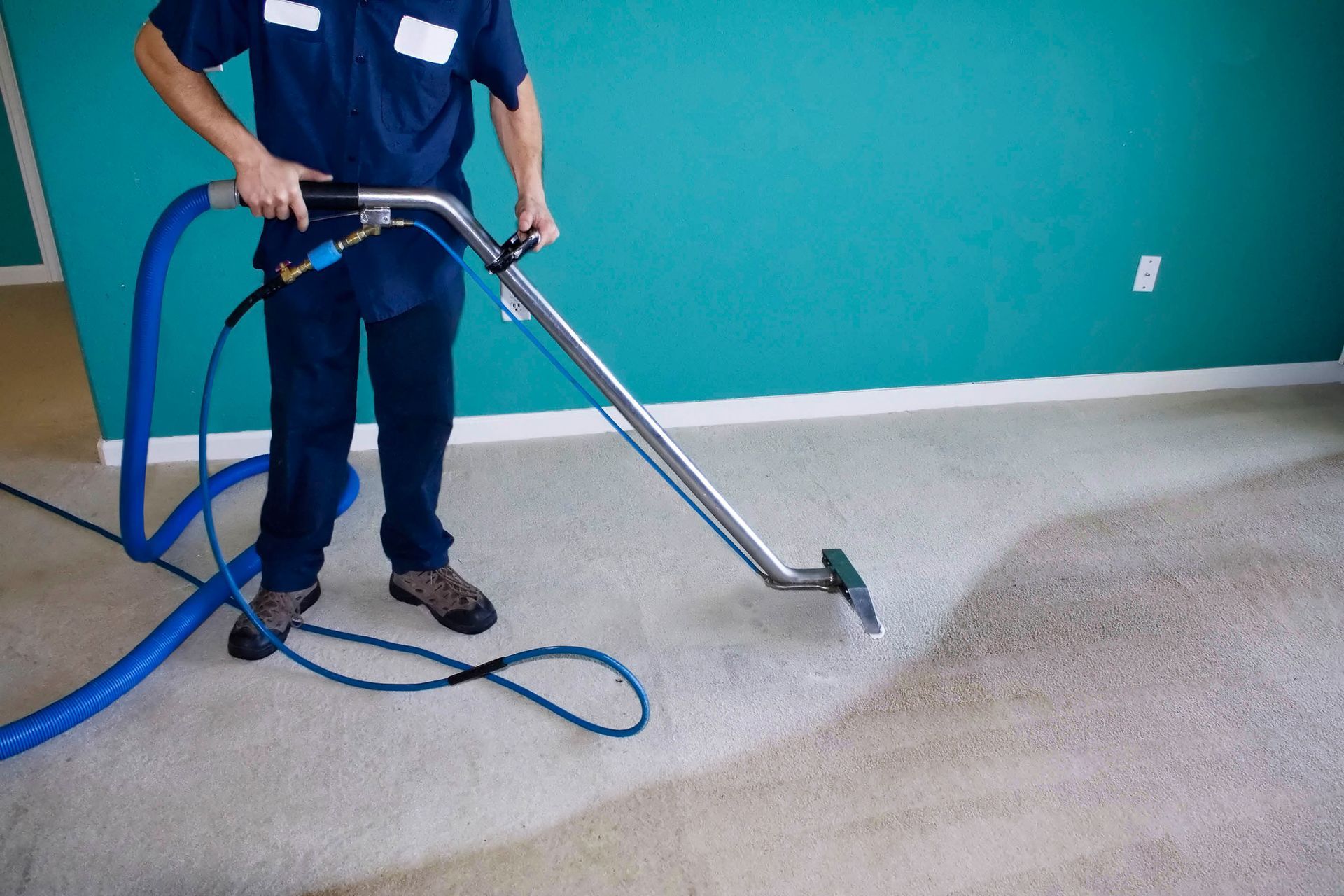
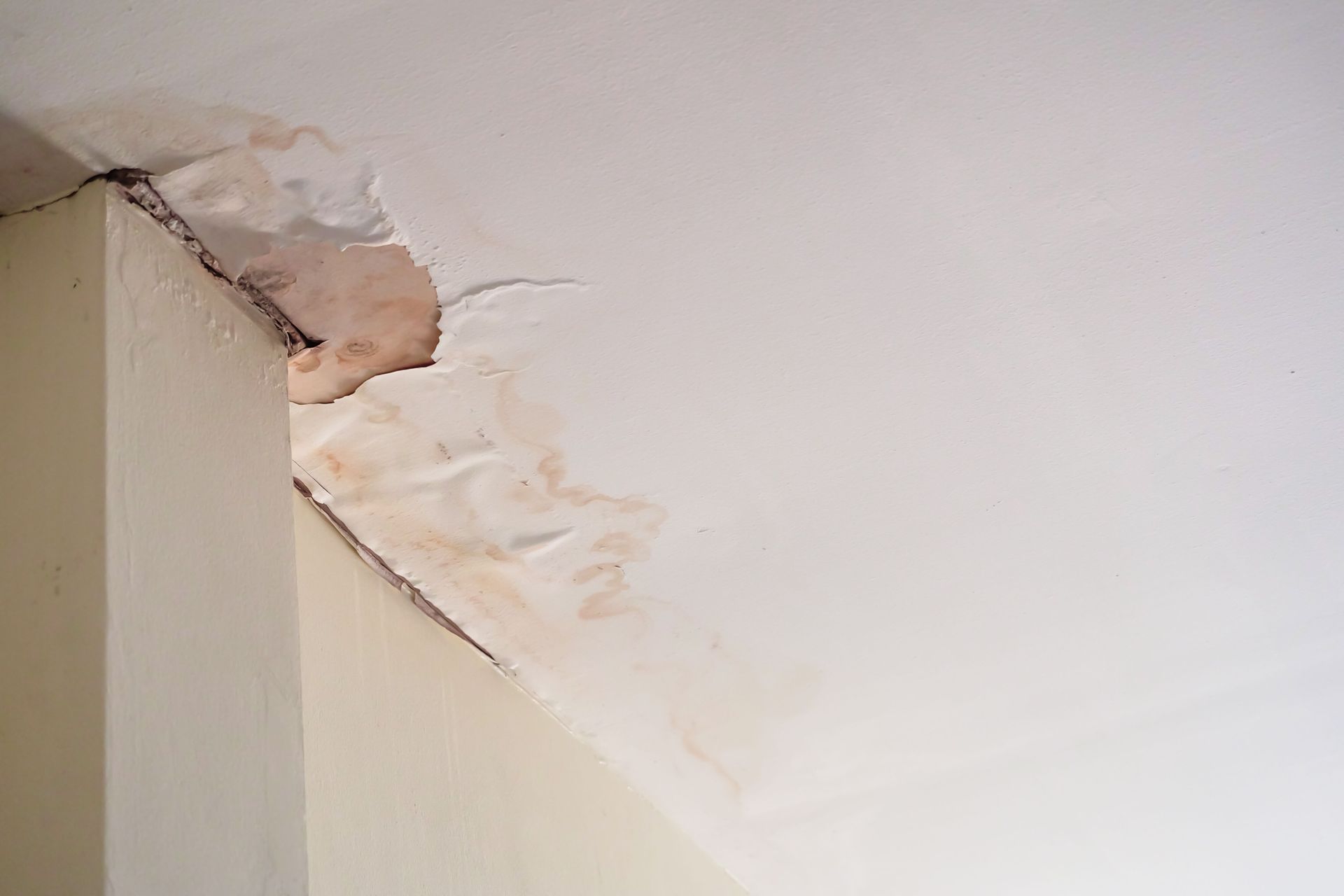
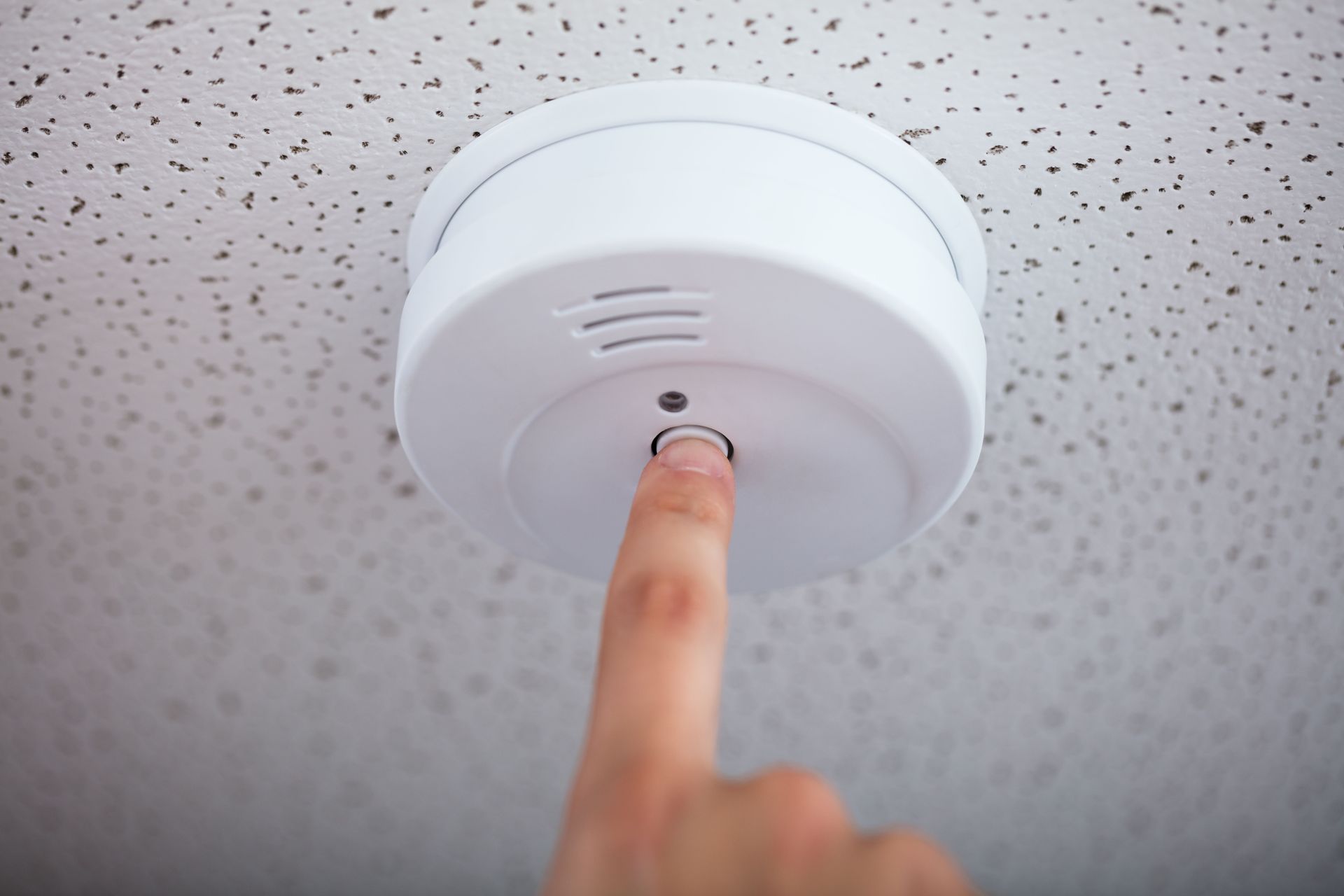
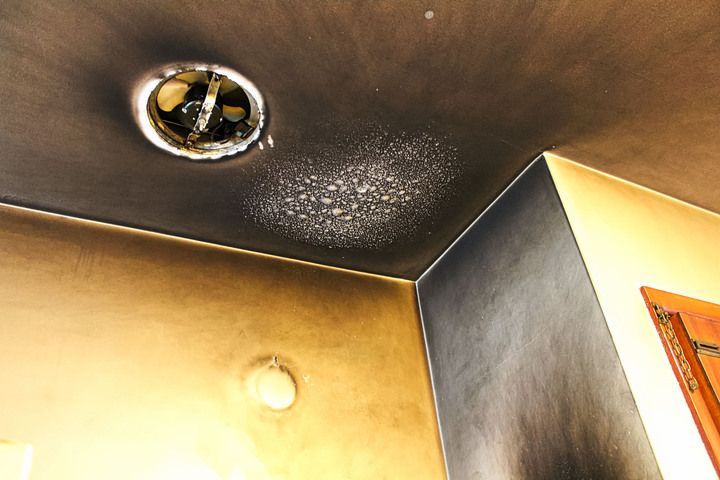
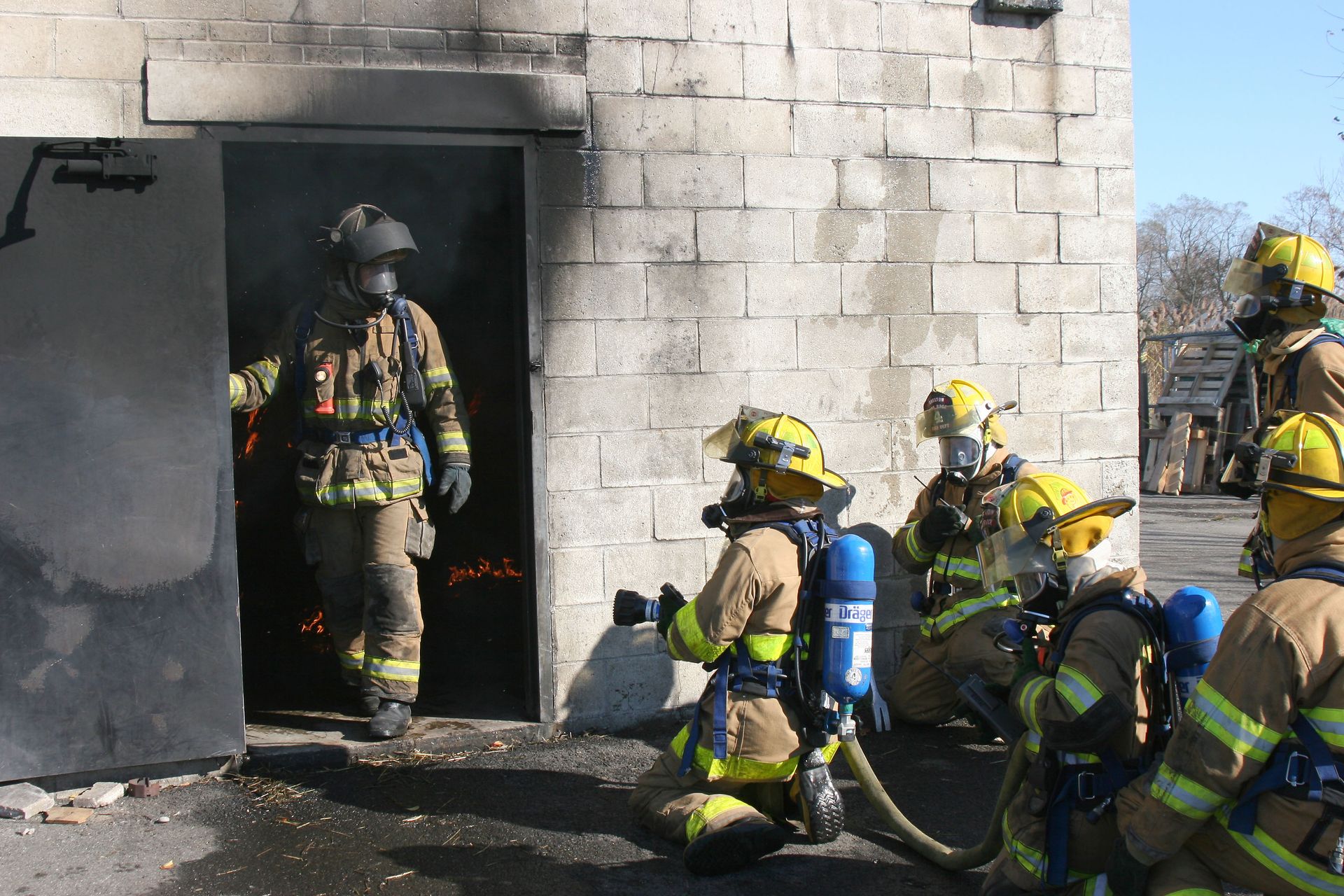
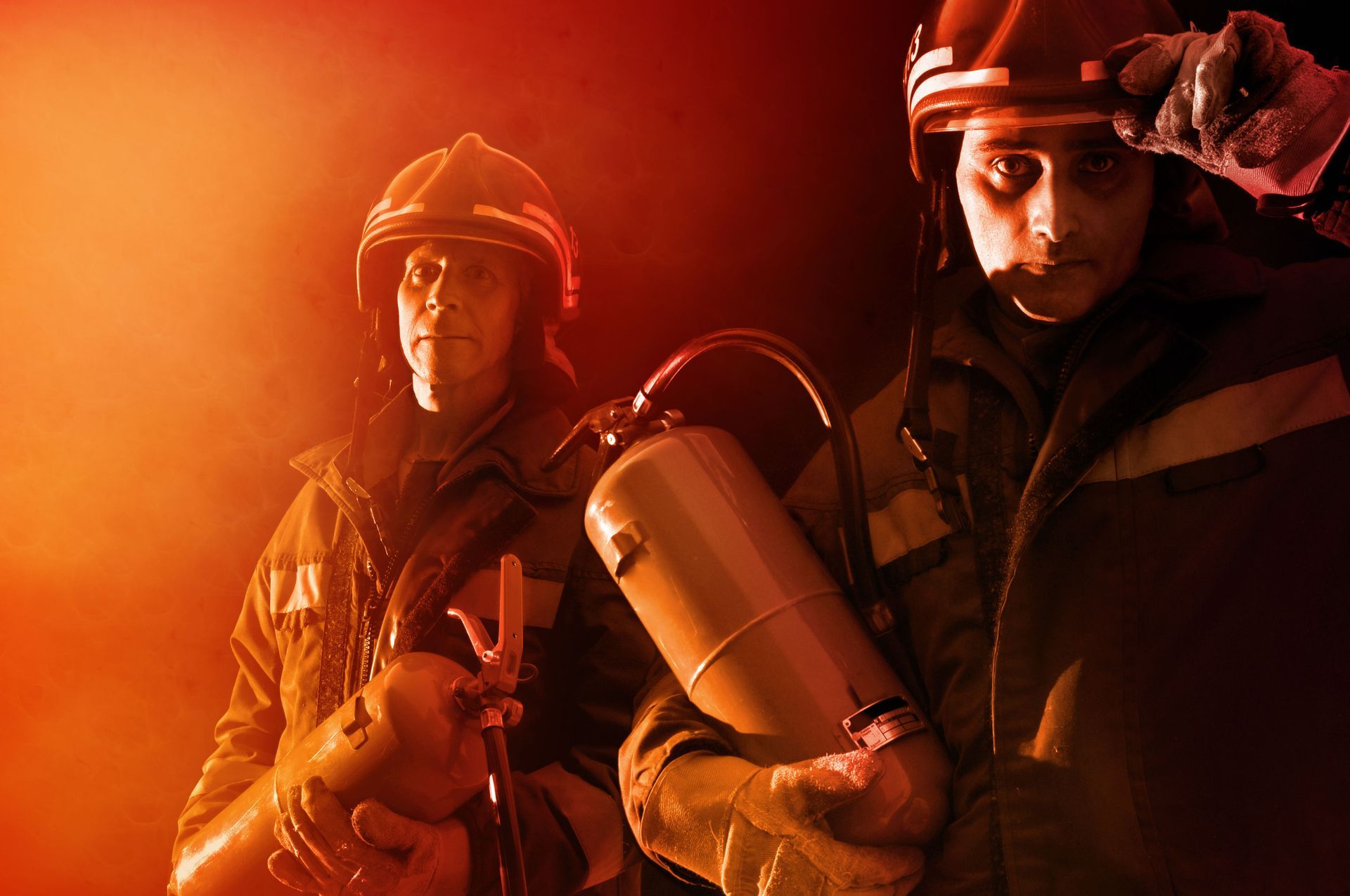

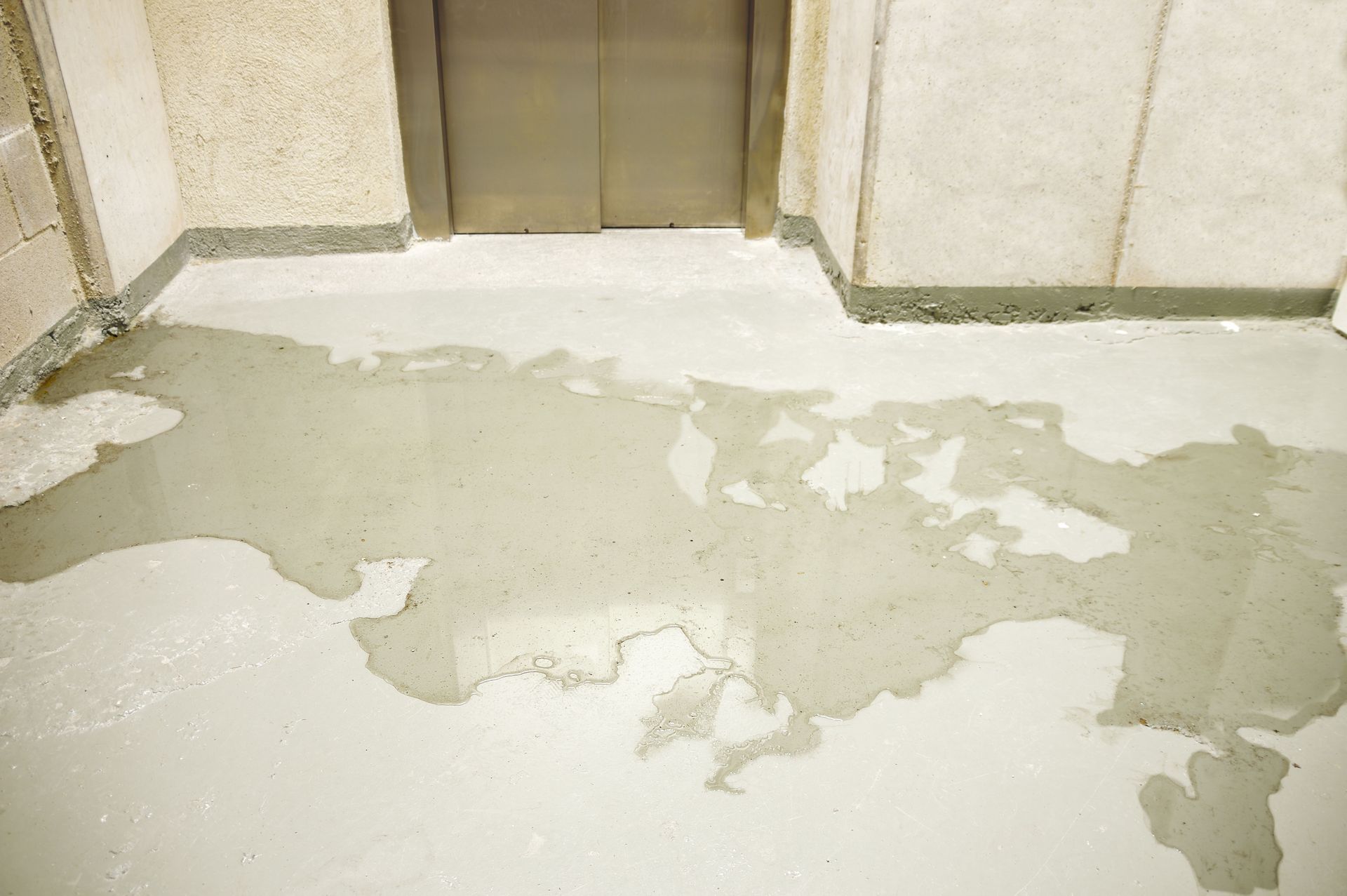

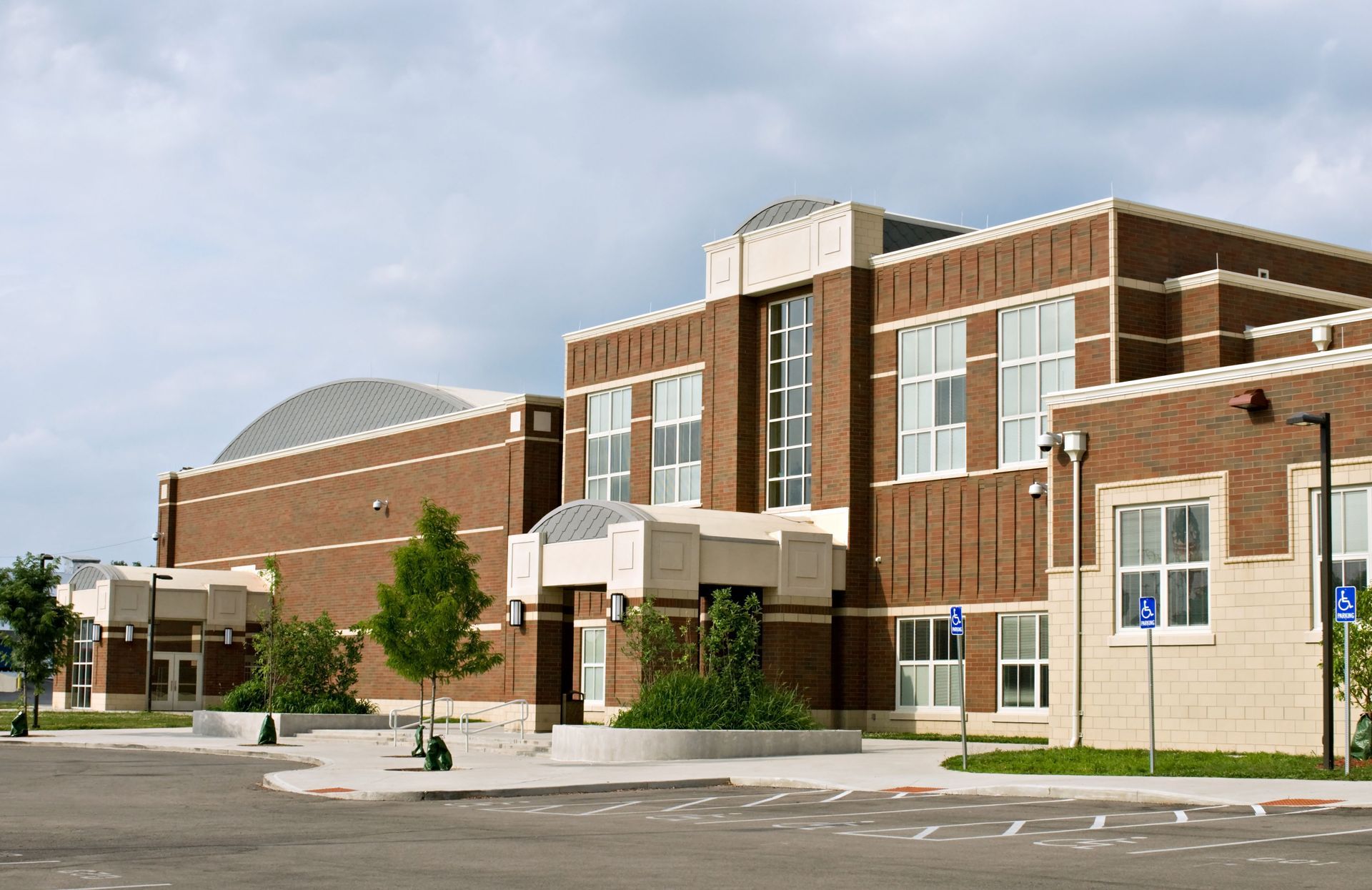
Share On: